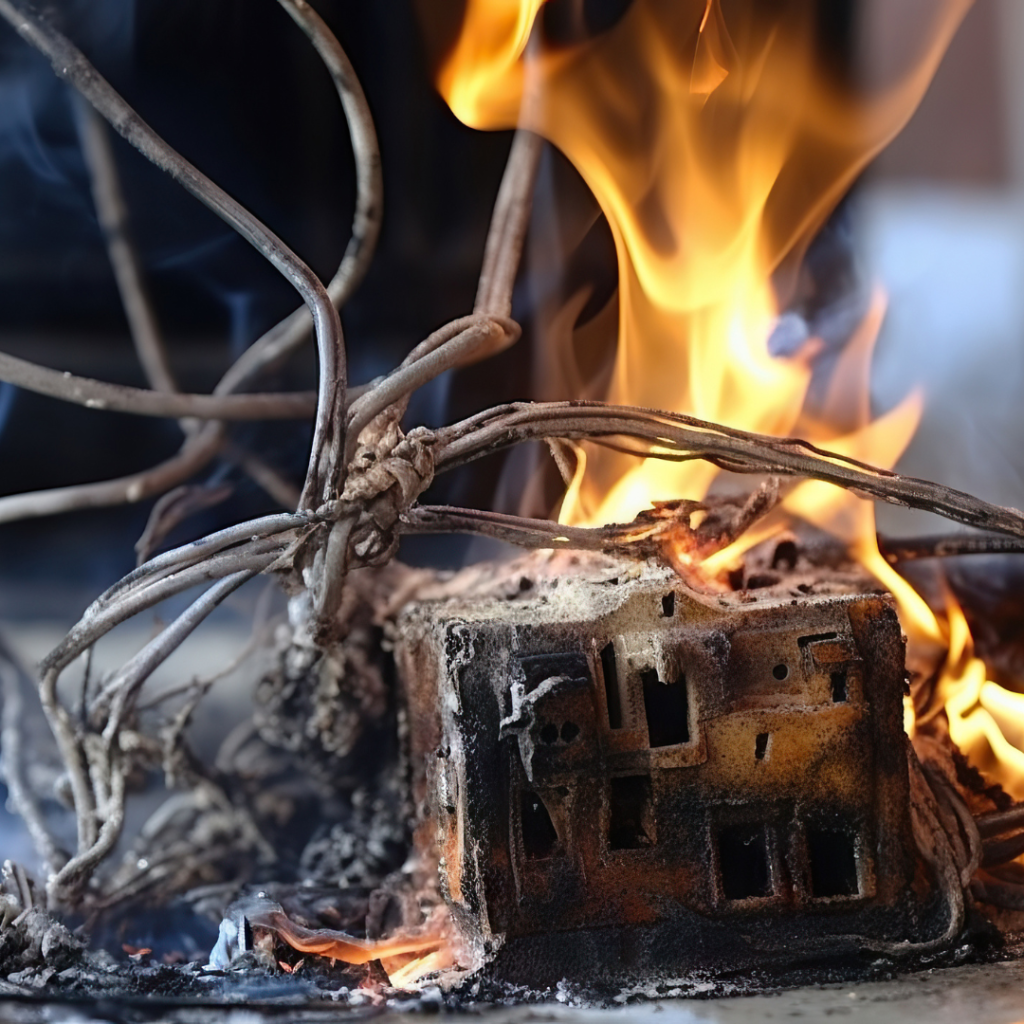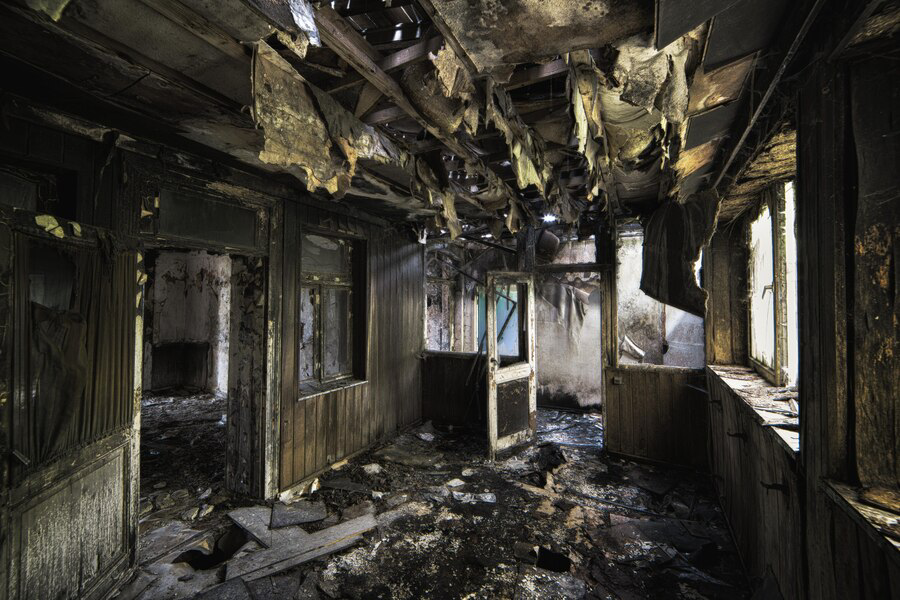Experiencing a fire in your home or business is devastating. The aftermath can feel overwhelming, filled with loss, uncertainty, and countless decisions. If you or someone you know is facing this challenging situation, it’s important to approach the recovery process with compassion and practical steps. This guide aims to provide a supportive roadmap through the emotional and logistical landscape of fire damage recovery.
Understanding the Impact of Fire Damage

Fire can leave a lasting impact, both physically and emotionally. The immediate aftermath often feels disorienting, as the destruction from flames can devastate structures and belongings. Smoke infiltrates walls, furniture, and fabrics, resulting in a pervasive odor and residues that are challenging to remove. This physical damage can disrupt daily life, making it hard to find a sense of normalcy.
On an emotional level, the toll can be profound. Losing your home or cherished possessions triggers feelings of loss, fear, and uncertainty. The grief of such losses can weigh heavily, often leading to anxiety about the future. Recognizing these feelings is essential, as they are a normal part of the recovery process. Seeking support can help navigate these turbulent emotions.
Immediate Steps to Take After a Fire
When the flames are finally extinguished, the real work begins. Here are some immediate steps to consider:
Ensure Safety First
Before re-entering your property, prioritize safety. Fire departments will conduct thorough inspections to assess structural integrity and hazardous conditions. Always wait for explicit permission from authorities before re-entering to avoid any potential dangers.
Contact Your Insurance Company
Reach out to your insurance provider immediately. They will guide you through the claims process, clarify your coverage, and inform you about necessary documentation. Document everything meticulously—photos, lists of damaged items, and all communications with contractors are crucial.
Secure Your Property
If you can’t stay in your home, take steps to secure it. Board up windows and doors to prevent theft and further damage. Consult your insurance provider about coverage for emergency services to help secure your property effectively.
Start Documenting Damage
Begin creating a detailed inventory of damaged items and affected areas. This comprehensive record will be vital for your insurance claim and any potential legal matters. Include clear photographs and descriptions to strengthen your case and ensure accurate assessment.
Navigating the Cleanup Process
Once safety is established, the cleanup process can begin. Here are key steps to consider:
Hire Professionals
While it might be tempting to handle cleanup yourself, fire damage restoration is best left to professionals. Fire damage restoration companies have specialized equipment and expertise to safely remove soot, smoke, and water damage, as well as prevent mold growth.
Address Water Damage
If water damage is present, it’s crucial to act quickly. Mold can develop within 24 to 48 hours. Professional water damage restoration services will assess and dry out your property efficiently.
Assess and Remove Damaged Items
Salvaging what you can is essential, but know that safety comes first. Items that are severely damaged or pose health risks should be discarded. A professional restoration service can help determine what can be cleaned and restored.
Cleaning and Deodorizing
Smoke damage can linger long after the fire is extinguished. Professionals use specialized techniques and equipment, such as ozone generators and thermal foggers, to eliminate smoke odors from your home.
Long-Term Recovery Steps
Once the immediate crisis has passed, focus on long-term recovery:
Rebuilding Your Home:Rebuilding can be a long process. It’s important to work with a reputable contractor who understands fire damage. Ensure that all rebuilding meets current codes and standards to prevent future issues.
Emotional Healing:The emotional impact of fire damage can be significant. It’s important to take care of your mental health during this time. Consider seeking support from counselors or support groups that specialize in trauma recovery. Sharing your experience with others can be incredibly healing.
Community Resources:Don’t hesitate to lean on your community for support. Local organizations often provide resources for those affected by disasters, including temporary housing, food assistance, and counseling services.
Preventing Future Fires
Preventing future fires is crucial once you’ve navigated the aftermath of a fire. Start by ensuring smoke detectors are installed in every room, with regular battery checks to guarantee they function properly. Consider interconnected systems that activate alarms throughout the house if one detects smoke, providing comprehensive safety coverage for your family. Additionally, establish a clear emergency plan, discussing and practicing fire escape routes with all household members. Knowing how to exit swiftly and safely can be lifesaving, so designate a meeting point outside for everyone to gather after evacuating.

Another important aspect of fire prevention involves being vigilant about electrical safety. Regularly inspect cords and appliances for damage, avoiding overloaded circuits that can pose a fire risk. If you have concerns about your home’s wiring, don’t hesitate to hire a professional electrician. Lastly, keep fire extinguishers accessible in key areas like the kitchen and garage, and ensure everyone in your home knows how to use them effectively. These proactive measures can significantly reduce the risk of future fires, helping keep your home and loved ones safe.
Documenting Damage for Insurance Claims
When dealing with the aftermath of a fire, documenting the damage is crucial for a successful insurance claim. Begin by taking comprehensive photographs of all affected areas, including structural damage and ruined belongings. Create a detailed inventory of items lost or damaged, noting descriptions, purchase dates, and estimated values. This thorough documentation provides essential evidence to support your claim and helps ensure you receive the coverage you’re entitled to. Remember to keep copies of all correspondence with your insurance provider for reference.
Once you’ve compiled your documentation, promptly submit it to your insurance company. They will review the evidence and guide you through the claims process, which can often feel overwhelming. Maintain open communication with your adjuster, as they may request additional information or clarification. By staying organized and proactive, you can navigate the claims process more effectively, allowing you to focus on rebuilding and recovery.
Rebuilding Your Life After Fire Destruction
Rebuilding your life after a fire can feel daunting, but taking it one step at a time makes the journey manageable. Start by securing temporary housing, whether with family, friends, or local organizations offering assistance. This stable base allows you to focus on recovery and planning your next steps. It’s essential to give yourself permission to grieve the loss of your home and belongings, as these emotions are a natural part of the healing process.
As you begin to rebuild, consider both the physical and emotional aspects of recovery. Engage with support groups or mental health professionals to help process your feelings and navigate the trauma. Planning your new living space can also be an opportunity for positive change, allowing you to create a home that better suits your needs. Surround yourself with supportive friends and family as you rebuild, fostering connections that can help you regain a sense of normalcy and hope for the future.
Conclusion
Navigating the aftermath of fire damage is a challenging journey that requires patience and support. By thoroughly documenting damage for insurance claims and taking proactive steps toward rebuilding, a sense of normalcy and hope can be regained. Precision Restoration, Inc. in Oklahoma City understands the emotional toll and physical challenges that come with fire loss. Dedicated professionals can assist at every step, ensuring a smooth restoration process and providing compassionate support during this difficult time. For assistance, reach out today.



